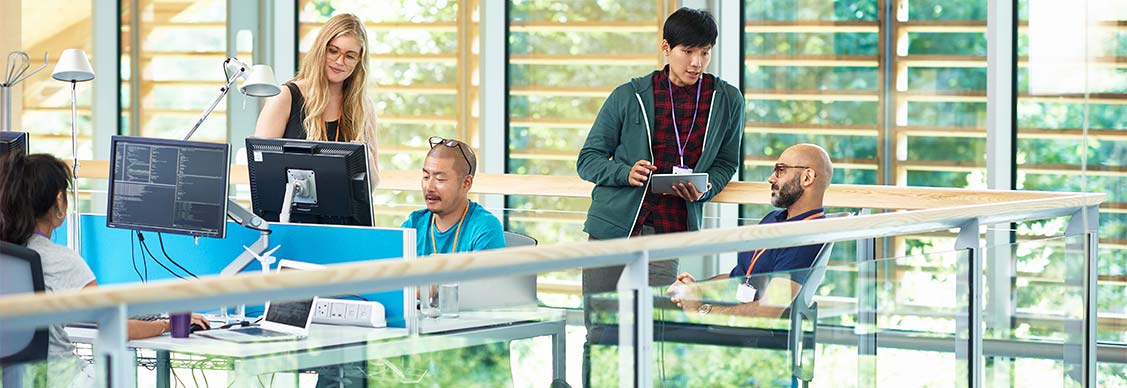Why companies are willing to pay more to go green
A readiness to pay premiums for sustainable real estate highlights the steady march of ESG
For many companies, it appears that going green is now worth the cost.
In Asia Pacific, 70 percent of companies recently polled by JLL were willing to pay higher rents for space in green-certified buildings, which can help them meet decarbonisation targets. The majority currently paying a premium are spending 7 percent to 10 percent more in rental costs.
Sustainability has been steadily rising up the priority list for companies and investors in recent years. But the pandemic has further pushed environmental and social responsibility into the corporate spotlight.
Companies have responded by setting far-reaching net-zero goals, which employees increasingly expect. However, these goals will require focused strategies to turn ambitions into action.
“Occupiers are now more willing to put their money where their mouth is,” says Kamya Miglani, Director, Work Dynamics Research, Asia Pacific, JLL. “The majority will pay to go greener when approaching new tenancy agreements.”
But while the willingness is there, “the biggest impediment to wide-spread occupier adoption is the limited stock of sustainable buildings,” she says.
Addressing the shortage
The supply shortage is propelling investors to prioritise green-certified assets, with one-in-two investors indicating their willingness to invest in sustainable buildings to ensure adequate supply, according to the JLL research.
Looking for more insights? Never miss an update.
The latest news, insights and opportunities from global commercial real estate markets straight to your inbox.
Over 70 percent of investors believe that green certifications drive higher occupancy, rents, and tenant retention, as well as an overall higher asset value, the survey says. A LEED certification will remain the gold standard in Asia Pacific in the eyes of occupiers and investors, followed by country specific certifications such as BCA Greenmark for Singapore and NABERS for Australia.
In addition to developing new buildings that adhere to strict green standards, landlords are also looking into refurbishing and retrofitting their buildings.
Asset refurbishment and renovation is going to be the largest area of investment for real estate investors in the next three years, the JLL report says.
Other options stem from technology, such as energy monitoring or even creating entire smart buildings. In the survey, three in four occupiers and investors said insufficient technological infrastructure is a barrier to reaching environmental goals.
“Real estate is a major source of resource consumption and accounts for a large part of its global greenhouse gas emissions, which will continue providing an impetus for a change in sustainability attitudes,” says Roddy Allan, Chief Research Officer, Asia Pacific, JLL.
